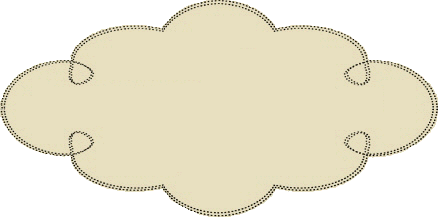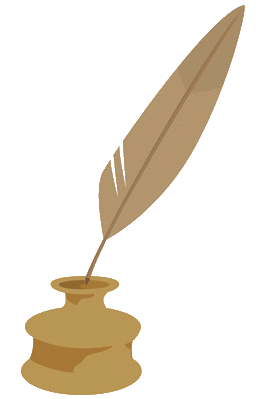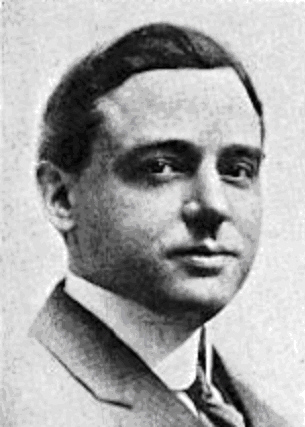How 2 Men Changed Dentistry Forever
By Daniel J. Demers All Rights Reserved Copyright 2010



THE WRITINGS OF
DANIEL J. DEMERS
Page 1
August 7, 2013 -- It's funny how the universe aligns itself -- theories and people -- and then pings them off one another with galactic precision.
In 1890, two such events had a profound effect on the future of dental science. First, 37-year-old Willoughby D. Miller, DDS, MD, theorized the chemoparasitic theory of caries. That same year, 21-year-old Alfred C. Fones graduated from the New York College of Dentistry with his Doctor of Dental Surgery degree. Over the next several years, the contributions of both men would change dentistry forever.
Dr. Miller was born in Alexandria, OH, and studied mathematics and
physics at the University of Michigan (Bachelor of Science in 1875). He then moved to Europe to continue his studies. Eventually, he ended up in Berlin as an apprentice to an American dentist, married the boss' daughter, and returned to the U.S. to study dentistry. He received his dental degree from the Pennsylvania Dental College in 1879 and returned to Berlin, where he pursued research in the emerging science of microbiology. Following Louis Pasteur's 1865 discovery that microorganisms caused fermentation, in 1890 Dr. Miller theorized that acids produced by oral bacteria brought on by sugar fermentation caused tooth decay.


an orange stick [a simple manicure tool], pumice, and a flannel rag patrolled neighborhoods cleaning teeth." Most gave up, and most dentists didn't have the time "in their busy schedule of yanking and pulling teeth to actually clean teeth." Some dentists had "dental nurses" (most of whom were the dentists' wives), but mostly they assisted in "yanking and pulling."
It would be Dr. Fones who would train his cousin and "chairside assistant," Irene Newman, to actually clean teeth. According to the University of Bridgeport website, beginning in 1906, he used extracted teeth from his practice and "mounted them in modeling compound and painted plaster of paris around the neck of each tooth to represent calculus and stains." The following year, Newman "began performing oral prophylaxis for the public." Dr. Fones coined the term "dental hygienist" to describe the new profession, and Newman went on to become the first licensed dental hygienist.
Overcoming prejudice
However, the discipline was not immediately accepted, with many dentists scoffing at the notion that people would actually come to their office and pay to have their teeth cleaned. Some dentists felt threatened by the emerging profession and fought attempts to certify any kind of dental assistant (for example, in 1910 the Ohio College of Dental Surgery's course for "Dental Nurse and Assistant" was closed down by a "coalition of dentists"). The very concept was confusing; Edna Stowe Thomas, who would become Wyoming's first dental hygienist, recalled a 1921 conversation with a Wyoming state senator she was lobbying to enact the first dental hygienist statute in that state: "He asked me quite seriously, 'Now just what kind of an animal is a dental hygienist?' "
Courtesy of:
At the time that Dr. Fones graduated from dental college, a dentist's primary function in society was to pull rotted teeth. With Dr. Miller's discovery, things slowly began to change. In fact, Dr. Fones embraced Dr. Miller's theory and advocated that a dentist's primary function should be decay prevention and control.
Dr. Fones was born in 1869 in Bridgeport, CT. His father, Civilion Fones, was also a dentist and politically active in the city, serving one term as mayor. The elder Dr. Fones was also the first "dental commissioner" of the city.
According to one historical review, once dentists became aware of Dr. Miller's discovery, "Dentists across the country came up with various ideas to combat decay, including something called 'Odontocure,' in which women with

Dr. Alfred C. Fones
Continued Page 2
CONTACT ME ddemers901@sonic.net

